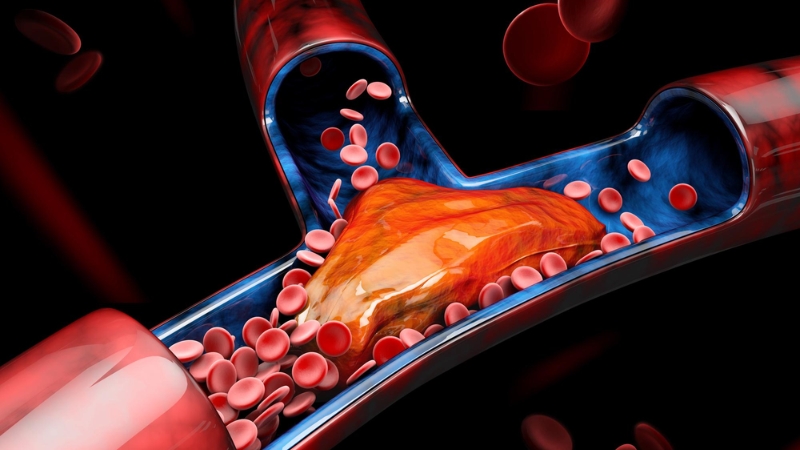Thrombolytic Therapy (Clot-busting medication)"Precision Treatment for Dissolving Blood Clots."

We specialize in thrombolytic therapy within our round-the-clock emergency care, providing quick and focused interventions with clot-busting drugs for patients with specific medical problems, such stroke or acute myocardial infarction. Understanding the vital nature of thrombolytic therapy, our services are tailored to provide prompt action, professional medicine administration, and continuous monitoring to manage life-threatening conditions. This section will discuss the importance of thrombolytic therapy, the conditions it treats, possible concerns, and the unique qualities that set us apart as a dependable and trustworthy supplier of first-rate emergency medical care.
What Is Thrombolytic Therapy (Clot-busting medication)?
A medical procedure called thrombolytic therapy, also referred to as clot-busting medicine, is used to dissolve blood clots. This procedure is frequently employed in a variety of medical circumstances, especially those in which the existence of blood clots presents a serious risk.
Why Is Thrombolytic Therapy Necessary?
- Emergency Clot Dissolution: In emergency scenarios, including ischemic strokes or heart attacks, thrombolytic therapy is essential because it can dissolve blood clots quickly, restoring blood flow and halting additional damage to critical organs.
- Reducing Complications: Thrombolytic therapy can lower the risk of consequences related to clot blockage, such as tissue damage, organ dysfunction, or life-threatening events, by rapidly dissolving blood clots.
- Time-Sensitive Treatment: Because thrombolytic therapy is particularly time-sensitive, it must be administered right away in order to work at its best.
Possible Risks:
Although thrombolytic therapy has many advantages, there are drawbacks as well. Bleeding is one of the possible side effects, particularly if the patient has a bleeding condition, has just had surgery, or is otherwise contraindicated. In order to decide if this treatment is appropriate, a thorough evaluation of the risk-benefit ratio is essential.
Key Components of Thrombolytic Therapy:
- Timely Administration: Since thrombolytic therapy works best when started as soon as symptoms appear, early diagnosis and treatment are essential.
- Risk Assessment: To reduce the risk of problems, medical professionals evaluate the patient's general health, medical history, and probable contraindications prior to starting thrombolytic therapy.
- Monitoring: A safe and successful course of treatment depends on ongoing observation of the patient's vital signs, bleeding parameters, and general reaction to the therapy.
In an emergency, thrombolytic treatment is a potent intervention that breaks up blood clots quickly. Although quite successful, it necessitates carefully weighing the advantages and disadvantages. Our healthcare professionals can offer advice catered to your individual issues if you have any more queries or require more information.
Top Asked Questions and Answers:
FAQ (Frequently Asked Questions):
+91-9144411108
Emergency Cases

